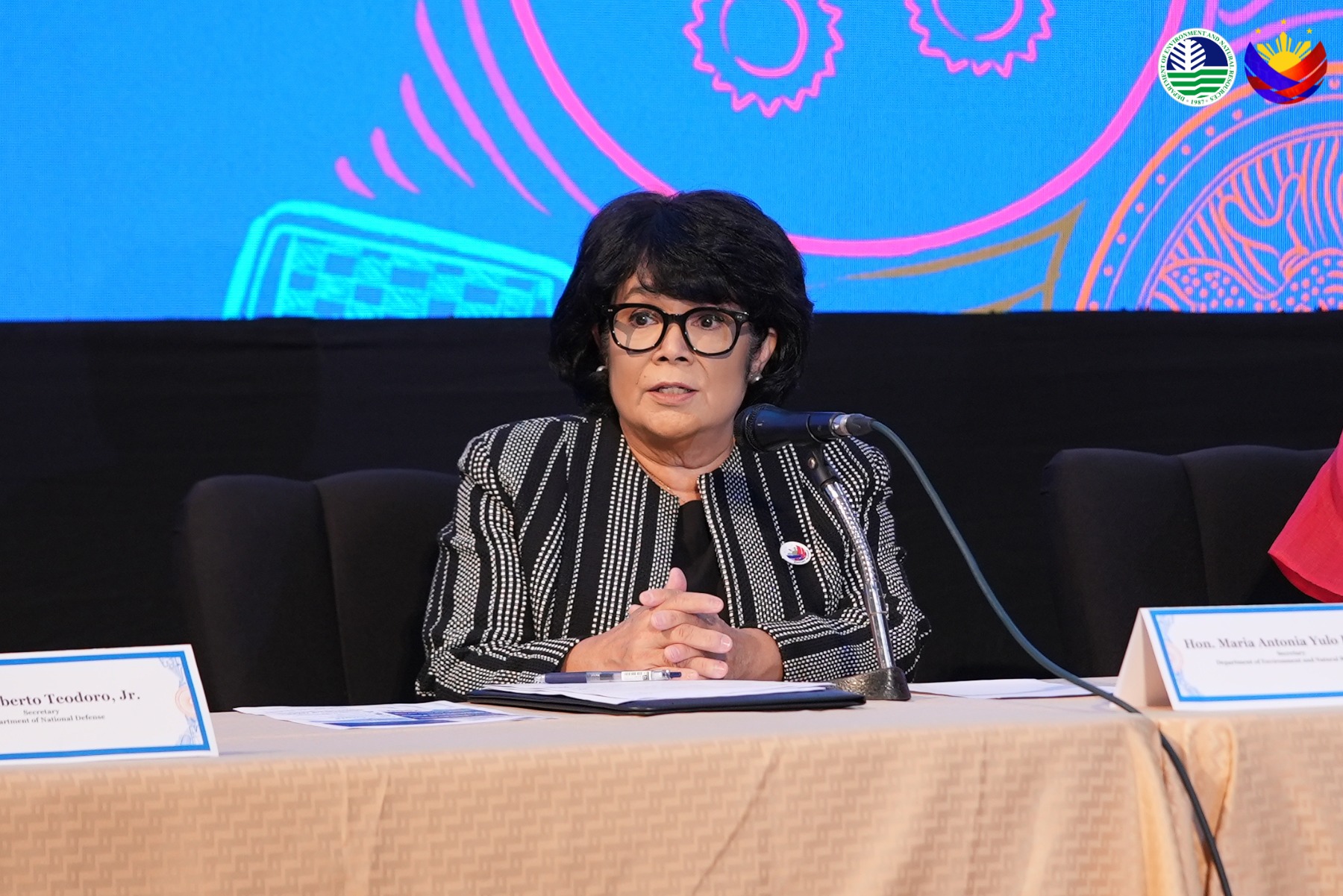
By Brian Jules Campued
The Philippines needs climate-resilient infrastructure to mitigate the effects of the looming La Niña phenomenon and prevent water shortages, particularly in island barangays that lack access to potable water, Environment Secretary Maria Antonia Yulo-Loyzaga said.
In an interview on Malacañang Insider last Aug. 23, the Department of Environment and Natural Resources (DENR) chief emphasized the need for the government to focus on building such structures through a combination of “gray and green engineering.”
“So, we used both nature-based and the combination of those structural interventions in order to balance water supply where we need most and also deliver it where, presumably, before there was no water to be had,” Loyzaga said.
According to Loyzaga, many barangays across the country have to travel by boat and pay multiple times just to get drinking water.
“We need to understand what rainfall they get. Whether they have streams that are alive. In that case, we need to provide filtration, whether they have water or not, and will determine whether desalination is the only option,” she said.
“So, all of these, combined with the science and technology associated now with climate risk management, need to be part of our DNA in terms of country as far as…we need managing disaster risk for our own Philippine development,” she added.
Meanwhile, Loyzaga also outlined the agency’s three key measures in addressing climate change: the greenhouse gas inventory, the Nationally Determined Contribution Implementation Plan (NDCIP), and the National Adaptation Plan (NAP).
The NDCIP, likewise, takes stock of greenhouse gas emissions by sector to provide a framework towards a low carbon future. In the Philippines, Loyzaga mentioned there are emissions from the sectors of energy, transportation, and agriculture.
“So, in terms of strategy to bring down those emissions are what we called climate mitigation—we actually need to address the way we use fuels, the way we actually plant rice because a lot of the methane comes from the way we use wet and dry rice growing, and the way we manage solid waste because methane comes from that as well,” she said.
“And of course, at the end of the day, industry and its consumption of energy and its use of materials would also be one of those principal contributors,” she added.
The NAP, on the other hand, looks at several hazards being enhanced or affected by climate change—such as the rising sea levels or intense rainfalls—and its impact on different sectors.
According to Loyzaga, the NAP also identifies the measures the government should take in terms of investment in natural or structural solutions as well as social programs to become a more climate-resilient nation.
“Taken together, these are a combination of strategies that we need to put forward in terms of interjecting in all the different mandates of the different governments, a climate resilience approach,” the Environment chief said.
“That’s actually happening now because we are climate tagging our investments now and we’re also working on the Program Convergence Budget,” she added. – av
